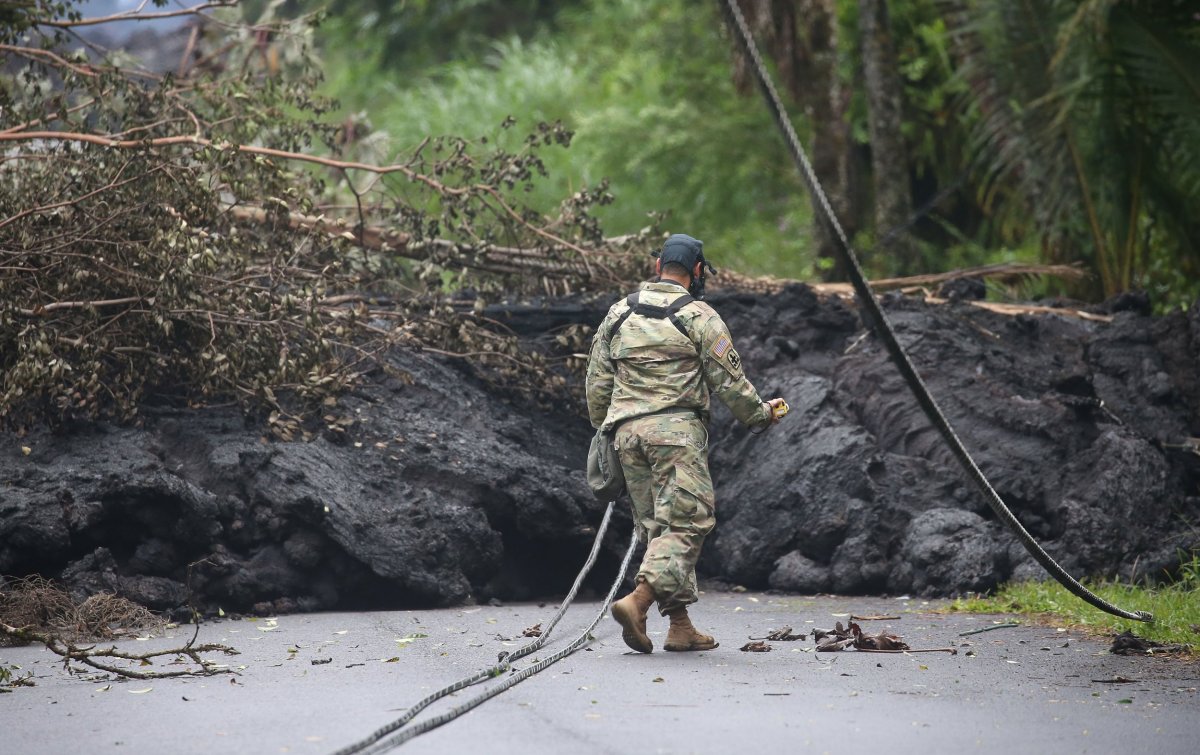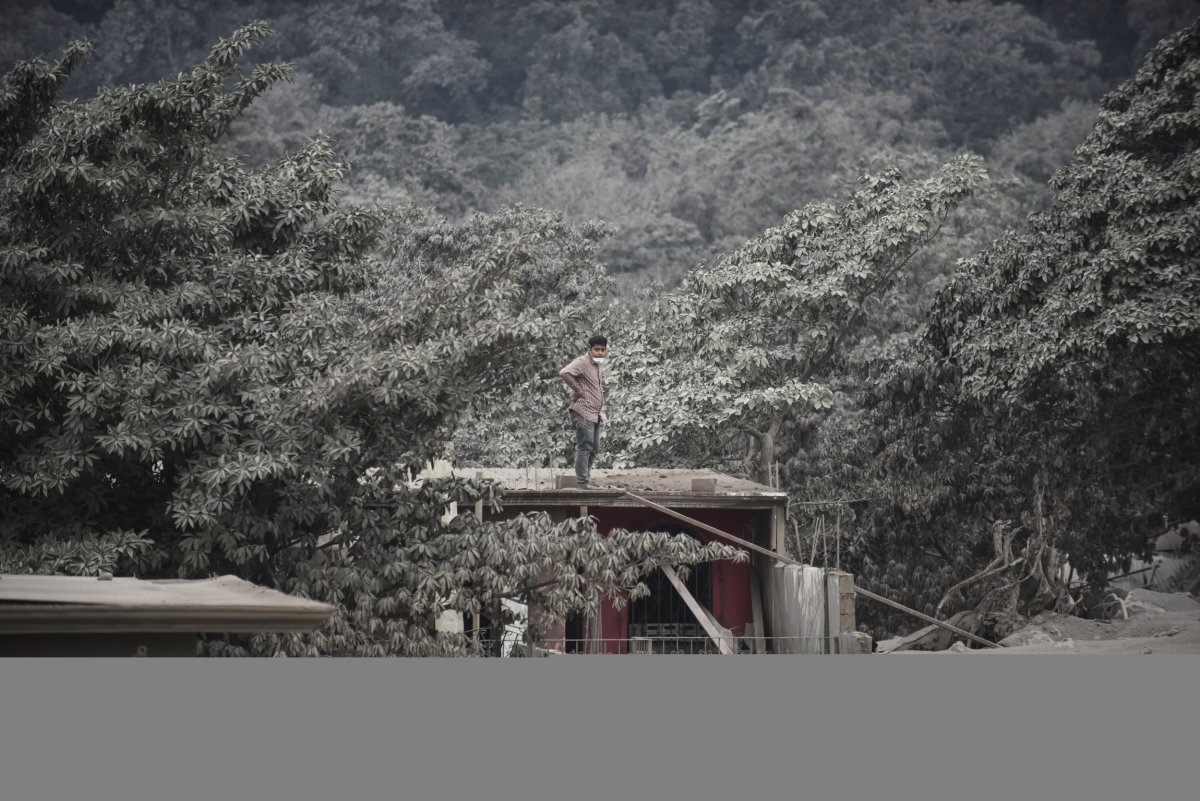The eruption of the Fuego volcano—or volcano of fire—in Guatemala on Sunday and the flows that followed have killed more than 60 people so far, according to authorities. The volcano is one of the most active in Central America and has erupted more than 60 times since 1524, according to Oregon State University.
Sunday's eruption was one of the most violent in decades and has destroyed entire towns in its vicinity. The volcano sits at an elevation of more than 12,000 feet and is one of three in the area near the city of Antigua. It's a stratovolcano, meaning it's built up over time to have steep slopes, especially near the cone. They're some of the most common—and most deadly—volcanoes on Earth, and they emit a combination of lava and pyroclastic flows.
But Kilauea, the Hawaiian volcano that has been erupting for weeks, spews a different material than the Fuego volcano. In Hawaii, there have been slow flows of liquid rock coming from the volcano for weeks. "On Hawaii, you have something that is mainly basalt," Tamsin Mather, professor of earth sciences at the University of Oxford, told Newsweek.

That liquid rock on Hawaii moves slowly enough that people can evacuate if the lava begins to head in their direction. In Guatemala, that's not the case. "In Fuego, you've got lots of gas in the magma, and it's much more explosive," Mather said. The energy release from Kilauea and that from Fuego are so different that they're difficult to compare.
"In Fuego, the main devastation was due to the pyroclastic flows," Mather told Newsweek. "This is very different to a lava flow." Pyroclastic flows are a mixture of hot gas along with volcanic matter, like ash and rock fragments, she said. They are incredibly hot and can travel faster than a moving vehicle in some cases.
Photos taken during and following the eruption show this material and the devastation it's caused in the areas around the Fuego volcano. What came down the side of the Fuego volcano on Sunday, while still the product of a volcanic eruption, is not the same as what's been coming out of the Kilauea volcano on Hawaii.
The pyroclastic flows are "like a hot cloud traveling at speed down the side of a volcano, and it devastated everything in its path," Mather said. These flows cause death from the heat, or from being overwhelmed by the hot gases or even by being hit by chunks of rock. In Guatemala, "people just didn't have time to get out of the path," according to Mather.

Uncommon Knowledge
Newsweek is committed to challenging conventional wisdom and finding connections in the search for common ground.
Newsweek is committed to challenging conventional wisdom and finding connections in the search for common ground.
About the writer
Nina was a breaking news reporter. She previously worked at Business Insider, The Boston Globe, and Boston.com.
To read how Newsweek uses AI as a newsroom tool, Click here.








